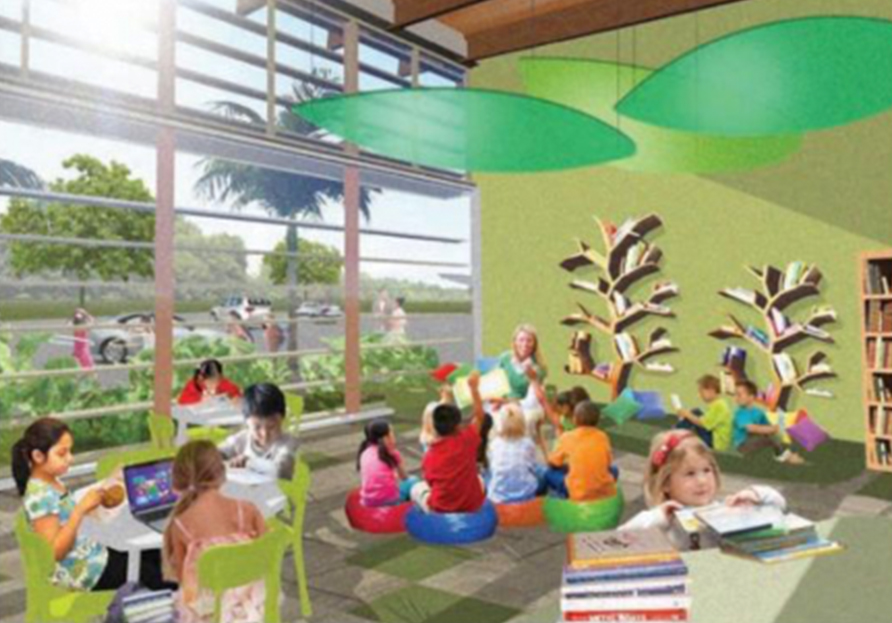Outdoor Learning Environment Design. Today's efforts of incorporating green spaces and community gardens into our architectural designs are ultimately creating great places for both students and plant-life to grow! » Conducting research in the outdoor learning environment. These guidelines for outdoor learning and play environments represent design ideas that incorporate green design principles and that are centred on meeting children's developmental needs—physical, cognitive, social, and emotional.

Based on their experiences in this project, teachers identified barriers when integrating the green schoolyard as a learning environment and found. The literature supporting the need for outdoor learning environments is plentiful as the shift towards these alternative forms of learning are being tested more fluidly. • outdoor environments and surroundings act as a rich stimulus for creative thinking and learning. The components of a learning environment are many and can be overwhelming.
Inclusive learning environments • Invite children to: • wonder, be curious and enthusiastic, and share their joy and excitement • have fun, relax areas • use the existing elements of the outdoor landscape design to support learning possibilities • consider the aesthetics of the outdoor environments.
In an era of climate change, and with the current generation of.
What should an environment for young children look like? Learning Environments for Children in Outdoor Spaces. Learning environments should facilitate a continuous educational process, which occurs inside, outside and in between classrooms.








